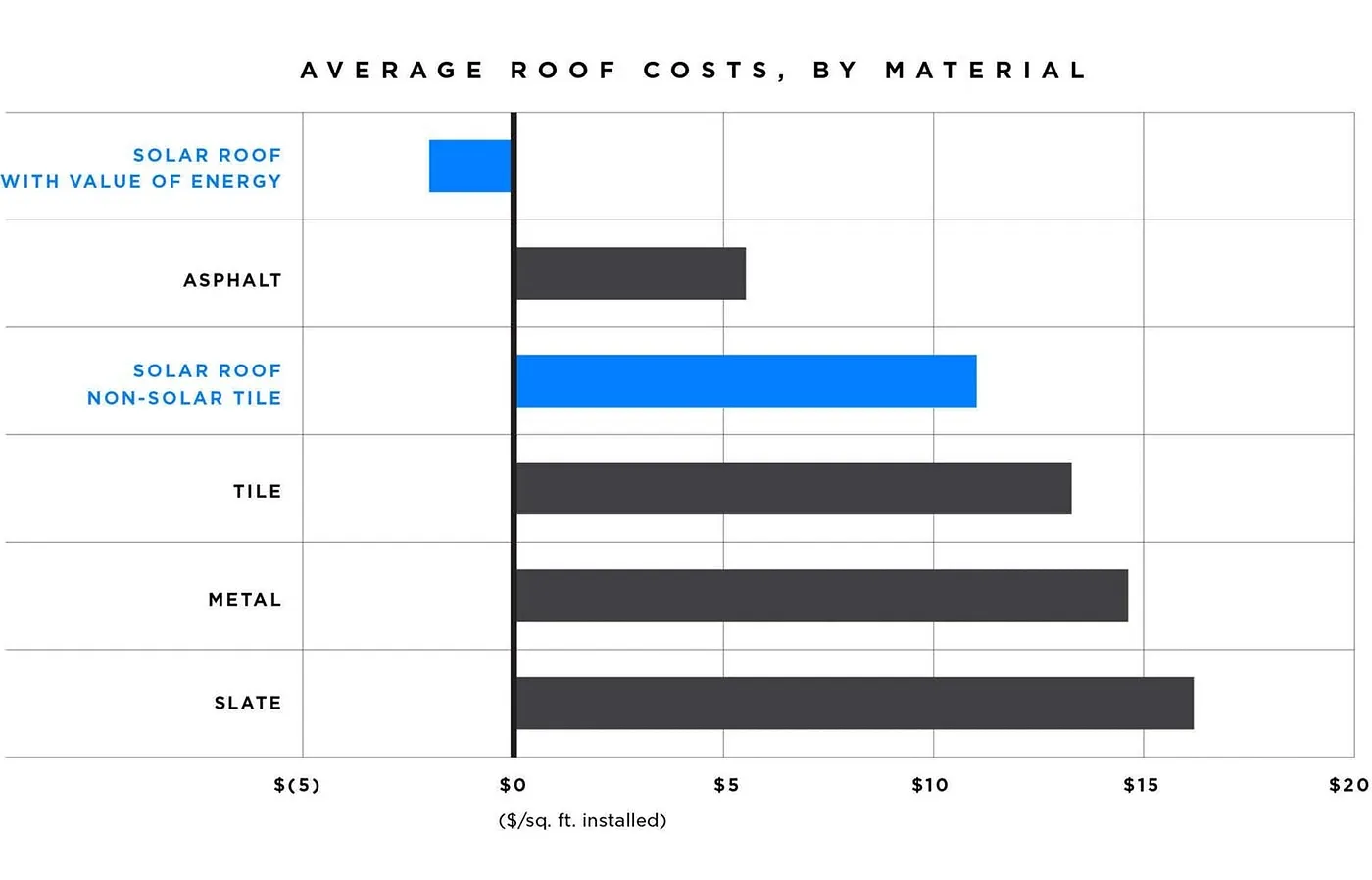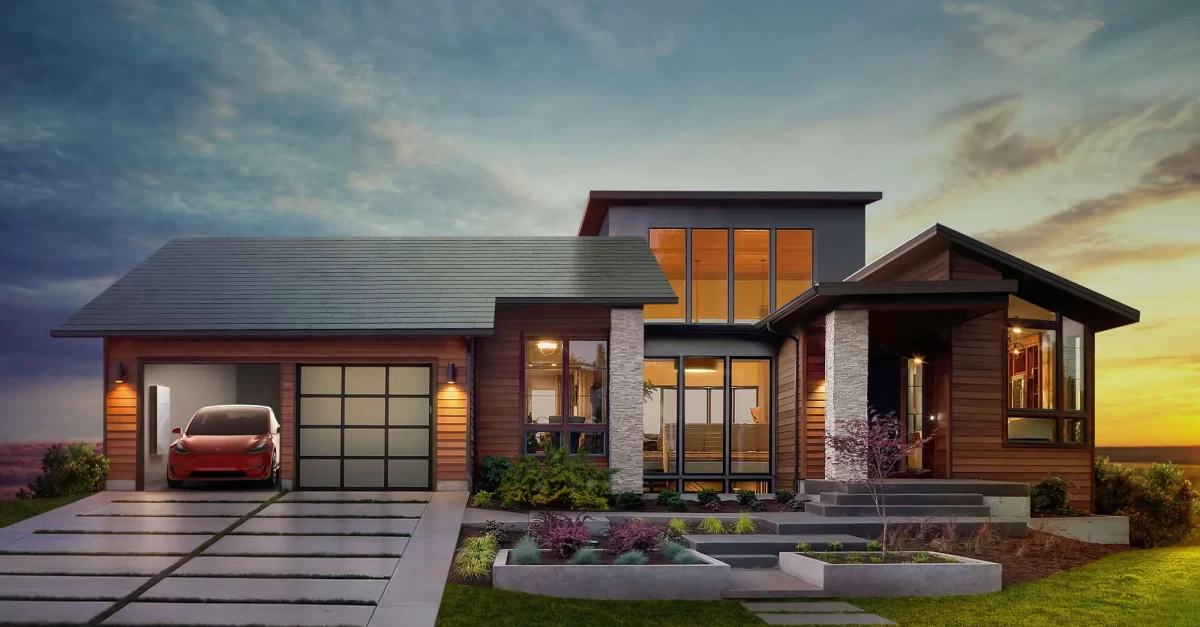Last Updated on August 31, 2023 by David
How to make your product a “no-brainer”.

The Tesla Model 3 is the electric car all of us have been waiting for. It’s not the first all-electric EV but it’s certainly garnering praises and attention well before its official arrival date unlike any other electric car. And even though there have been preorder cancellations, Tesla is still seeing an average of 1,800 new preorders, daily. Elon Musk called these cancellations “inconsequential” in the grand scheme of things while simultaneously expressing his confidence for the Model 3 by comparing it to a hamburger; a commodity food where marginal variations in price is easily displaced by even the slightest increase in quality and decrease in compromises. And that’s when it occurred to a few of us at Reamaze who’ve preordered the Model 3 why this is going to be a game changer, and not just for cars.
The goal for any successful business is to move more products. Most business owners think of “moving products” in a relatively linear way. The major broad strokes are quality, reliability, design, and most importantly, price. A combination of these strokes define your business model and brand. For example, a new Range Rover oozes quality and “celebrated British design”. On the flip side, it suffers a bit in terms of reliability compared to most other SUVs and can cost you an arm and a leg. This is perfectly okay in Range Rover’s book because it defines its business model and brand: prestige and luxury. But Tesla is no Range Rover and its business model is certainly not prestige nor luxury.
Addressing Compromises
By now, most of you will have heard of the “Master Plan”, a simple set of mantras that Tesla has stuck with since its founding days:
Build sports car
Use that money to build an affordable car
Use that money to build an even more affordable car
While doing above, also provide zero emission electric power generation options
Don’t tell anyone.
What many us don’t realize is what the underpinnings of Tesla’s Master Plan actually means to the average consumer. In Elon Musk’s letter to the public in 2006, he made significant arguments for the Roadster’s emissions numbers compared to a wide variety of other gas-electric hybrids and alternative-fuel vehicles, an act that almost seems desperate for Tesla’s image today. While completely logical, consumers don’t buy cars based on scientific calculations of emissions. It doesn’t move cars.
Tesla set off its “Master Plan” by addressing compromises. Like many new products coming to the market seeking product-market fit, compromises are inevitable. Whether its a new pair of ultra-long marathon running shoes that offer amazing long range comfort but compromises a bit on affordability and design or a new lipstick with special pigments from the Amazon rainforest that pop on your lips but compromises a bit in terms of sustainability and cultural taboos, compromises are abundant. Tesla’s proof of concept is but a stepping stone to address a decades-old myth that electric cars can’t be fun sports cars.
Over the course of the development, release, and success of the Tesla Roadster in 2008 and the Model S in 2012, Tesla managed to reduce perceived compromises in electric cars to a point where the question became “why wouldn’t you consider an electric car” instead of “why would you consider an electric car”. By 2016, the no-compromise electric car became a reality when Tesla finally announced the Model 3. It became as much a no brainer as an iPhone. The alternative to a Model 3 is simply obsolete. Compiled data from Kelly Blue Book for average new car or truck cost in 2015 was $33,560. Put aside creeds for protecting the environment, the Model 3 slots in at just $35,000 for the regular range model, it has a range of 220 miles on a single charge (plenty for modern commuters), it can carry 5 adult passengers comfortably, it has dashing good looks with contemporary design ethos, it is as reliable as the Model S as research has proven, it has the latest tech gadgetry and creature comforts. And combined with Tesla’s new battery technology and energy generation plants, naysayers that claim EV emissions are transferred to power plants can no longer use that as a “compromise”. The 35k car segment is forever changed because consumers now MUST consider a Tesla Model 3 because it is simply a no-brainer.
Critical to making that happen is an electric car without compromises. — Elon Musk
The Model S is an incredible stunning and attractive car, and tends to garner the majority of attention when seen on the streets or in a parking lot. Aesthetics matter a lot in consumer electronics, fashion and automotive, and Tesla has got that down pat, whereas other electric vehicles have failed in that aspect. — Peter Thiel
Preference Displacement
Tesla sets a new standard for disruptive and polarizing products that all product-based businesses can aspire to. For eCommerce specifically where you live and die by a product, delivering something people want with all the compromises diminished as much as possible is a key long term strategy. When new products come to market, it’s almost easy to determine if it will succeed by how a businesses structures its cost so that it does not exceed what it’s looking to displace.
In an article by the Vox earlier this year, it mentioned that “in 2007, when the iPhone debuted, it was in a position much like Tesla, selling just 4 million units in a year when Nokia sold more than 400 million. But 10 years later, Apple is the world’s most valuable company — with 20 percent of the world’s smartphones sales, and the vast majority of the industry’s profits — while Nokia has sold off its cell phone business.” I remember this clearly. Two-year contracts with $0 down and $20 monthly payments made buying an iPhone versus buying a Motorola Razor the same. Would you have purchased a Razor?
Examples of preference displacement is plentiful. In-n-Out Burger is another. For $2.40, you can acquire a product of far higher standards, quality, flavor, and soul. In fact, compared to a McDonalds Big Mac at $3.99, the In-n-Out Double-Double costs only $3.45. There are no compromises either. Both have buns, lettuce, tomatoes, pickles, onions, cheese, and two beef patties. If the two stood next to each other you’d be hard pressed to find anyone who’d pick a Big Mac over a Double-Double.
Another example is Tesla’s Solar Roof option for homeowners looking to update or renovate their traditional asphalt-shingle-based roofs. Putting short-term political and tax credit issues aside, the Tesla roof, comprised of solar shingles made of high-tech glass, is on track to bring about another major preference displacement a decade from now.

In an in-depth article by Inverse, they claim that “right off the bat, Tesla’s pricing puts it more in the range of premium roof materials, like tile, metal, and slate”. And while initial costs are high now, the net operating cost over 30 years is positive as you generate your own electricity.
Those initial purchases may help bring costs down, so that, 15 years from now, solar roofs are in a place to make Musk’s predictions come true. — Inverse
Compared to most roofs which last only about 30 years, Tesla’s glass roof has a life expectancy of at least 100 years, if not infinite. For a consumer looking to replace a roof in 10 years time, the reason for you not to consider the solar roof by Tesla may no longer exist. Preference displacement.
Productizing Preference Displacement
If you’re a new product, the consumer you’re trying to reach should ask this question in order for you to be successful:
Why wouldn’t I just buy [this] over [that]?
Along with that question are various other things you need to consider. Things such as:
- Technology: what sets your product apart from what already exists? Do you own the rights and patents to be unique and sustainable?
- Timing: Is your product the right fit for the market at this point in time? Are consumers ready and are they ready to recognize the problem and your potentially disruptive solution?
- Market Share: Are you in a potential position to own a majority stake in the market or niche you’re trying to displace? Does your product speak for itself despite cultural, political, social, or financial controversies?
- Team: Do you have the right people in place to make a difference in how your business is structured, operated, branded, and sold? You don’t need to be another Elon Musk but are you able to operationalize multiple disciplines?
- Distribution: Are you in the position to control the quality, reliability, design, and cost of your product? Are you in the position to control which compromises you can address first, second, and last?
Not every business will be an Apple or a Tesla. However, even if you’re in the business of selling t-shirts or lipsticks or shoes, there are valuable lessons to be learned in how you can displace a competitor product. Being better in terms of quality, design, reliability, or cost is relative. But marginal improvements in each of those areas while at the same time diminishing compromises can make or break your product and business. You’ll know you’ve succeeded if consumers have little choice in thinking of an alternative.
Interested in what else we have to say? Make sure to recommend this article by clicking the heart and follow us for more stories about startup life, customer service, and tips on treating customers right.
You can also find our multi-brand, multi-channel customer service platform at https://www.reamaze.com. Follow @reamaze.

